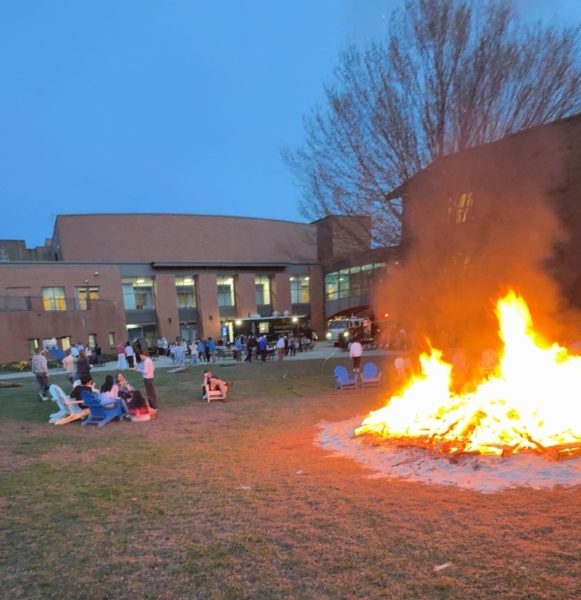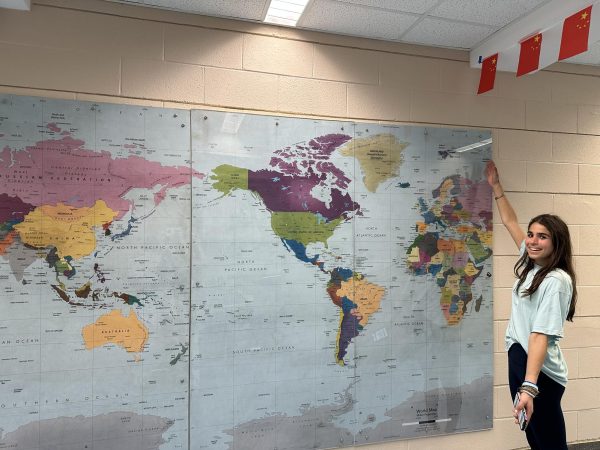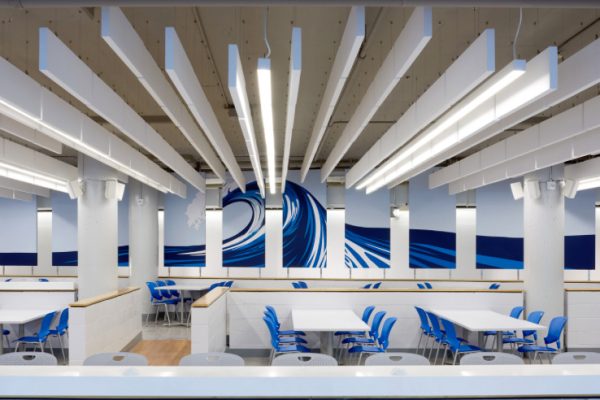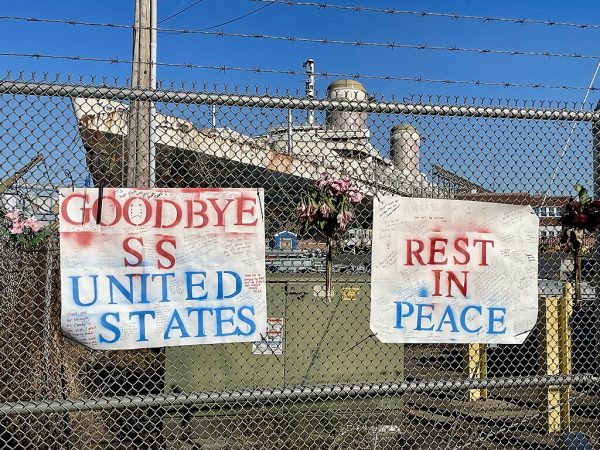The Positive Impact Anyone Can Have on the Environment
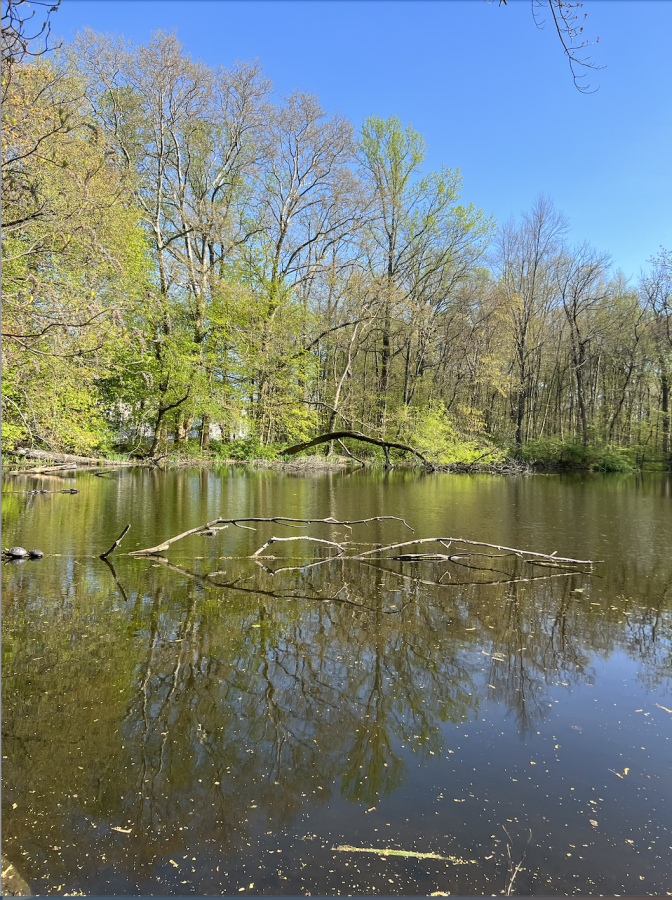
The pond at Cherry Lawn Park. (Neirad Staff)
Environmental change and global warming are serious threats impacting our environment. News of climate “doom” never seems to end. If you’re feeling like there’s nothing you can do to change it, you certainly aren’t alone.
However, there are actually countless ways that you can adjust small parts of your daily life to counteract the negative effects others have on nature. Simple changes many people do not know of can create significant impact in local communities and around the world. The worst thing we can do is give up on helping our world and leave future generations to deal with it. There is unmistakable evidence that the efforts of each individual person makes a difference, and there are so many ways to help!
Fertilizer & Pond Efforts
Over the years, Ms. Molly Robertson, the program director at the Darien Nature Center, noticed that the pond at Cherry Lawn Park contained less and less life. The Darien Nature Center uses the Cherry Lawn pond as a teaching tool to explain food webs and organisms. When Robertson had just started teaching there, she said “you could scoop [in the pond] with a net and you’d have five or seven tadpoles… and it was just loaded with life.” In recent years, Robertson began to wonder why the amount of animals and insects in the pond was exponentially decreasing. After monitoring the pond, she found out that fertilizers were causing the water to have low oxygen levels, which is needed to sustain life.
How does this happen? The fertilizers citizens of Darien use on their lawns are incorporated into the water cycle when it rains. This fertilizer-infested rain spreads to areas with abundant ecosystems, and damages them. Being careful with what you put on your lawn is a precaution that many people do not take.
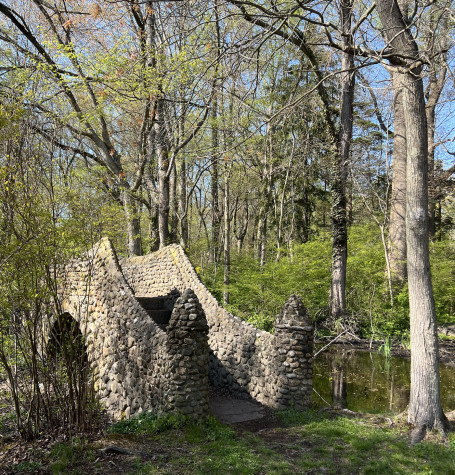
Exposure to fertilizer can even have negative effects on human health. Some fertilizers can cause methemoglobinemia, a blood disorder that causes blue pigmentation of the skin. The same fertilizers have also been directly linked to Alzheimer’s disease and diabetes. Fertilizers create so-called “dead zones” in aquatic environments, where they deplete the oxygen and reduce the amount of life in these habitats. Compost, coffee grounds, grass clippings, and tree leaves have all been proven to be successful and non-harmful alternatives to fertilizer.
Sustainable Products
One of the easiest ways to reduce the amount of plastic you use, and save money, is to find reusable alternatives to common plastic products. For example, reusable sandwich bags that can be used countless times cost around the same amount as single-use plastic bags. Wool dryer balls cut down on drying time, are 100% reusable, and reduce wrinkles in clothing. Even paper towels have a more sustainable counterpart, reusable paper towels, that can be washed and soak up substances just as well as regular paper towels. All of the products listed can be found under 20 dollars on easily accessible online sites. Almost any single-use plastic can be found in a sustainable form.
Most people in the United States have started using cloth grocery bags, but the list of ways to improve daily materials goes on. Toothbrushes, razors, coffee filters, plastic wraps, and many other products are being made to be reusable, and are sold in convenient places like supermarkets and online stores.
Replacing as many plastic products as possible is a simple step anyone can take that significantly relieves individual environmental impact. It is a cost-effective and tangible way to reduce overconsumption of plastic.
Native vs. Invasive
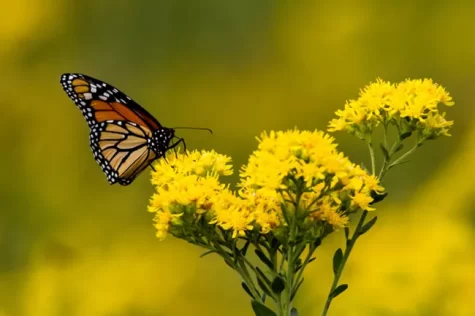
Native plants are those that have evolved with the ecosystem over time. Invasive plants do not belong in our natural surroundings, because they both restrict space for local organisms to live and do not feed the wildlife like native plants do. A substantial way to help improve the ecosystem is to plant native flowers and plants in gardens. Even simply putting a flower pot on a balcony, windowsill, or doorstep can provide a source of food for insects, so garden space is not an issue.
Pollinator Pathway is an organization that creates spaces which provide nutrition and habitats for pollinating insects and birds. The names of native plants can be found on Pollinator Pathway’s website, where they have a page specifically for Darien. Their website says that their goal is to “make Darien one big pollinator pathway with private, commercial and municipal spaces being pesticide free and hosting native plants.” Pollinator Pathway provides a list of native plants they have provided us with, and how to reduce our use of pesticides and fertilizer.
Compostable Items
Food scraps are one of the largest components in landfills, but they are actually a resource that can be used for compost. A lesser known fact is that food scraps inside landfills create methane, a greenhouse gas with a stronger warming effect than carbon dioxide. This means using food scraps as valuable, useful products will result in cleaner soil, water, and air, as opposed to negative effects in landfills and incinerators.
Darien has a Food Scrap Recycling program that is readily available to any citizen of Darien. Food Scrap Recycling drop-off bins are located at the Darien Recycling and Refuse Center, where people can dispose of their scraps as often as needed.
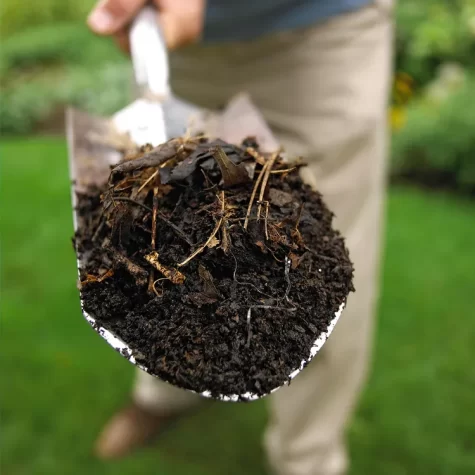
All food, bones, egg shells, coffee grounds, tea bags, flowers, and compostable bags are considered food scraps and are therefore accepted by the Recycling and Refuse Center. Compost starter kits for beginners are even available at the Department of Public Works office in Town Hall! Also, in the spring, it is possible to come and collect compost if you have a garden.
Eliminating food scraps from weekly trash can result in several bags of material for compost, and this helps the local nature and community.
There is so much each of us can learn about the world we live in and how to protect it. Innovative and positive thinking is the key to fixing our current global situation. We must recognize the disconcerting facts, but remain hopeful, and focus on improving our personal impact.


